From the ‘Black Death’ to the ‘Balalaika’ – a glimpse at record-breaking Soviet military aircraft
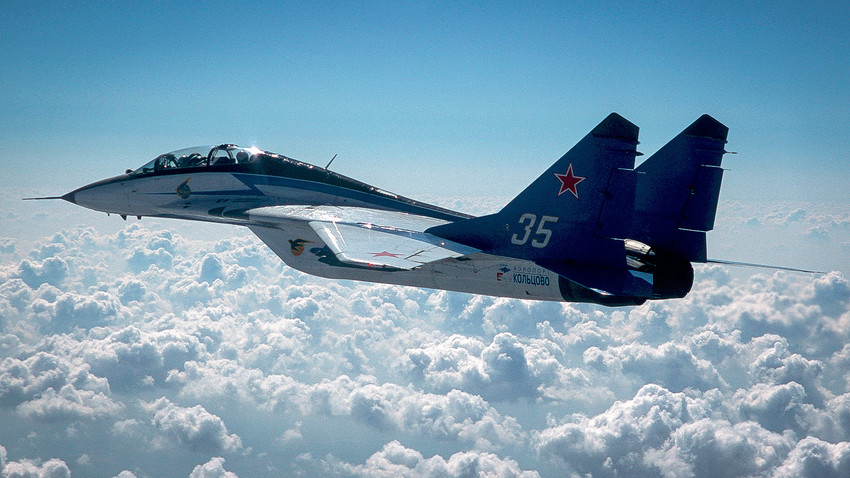
MIG 29
Global Look Press1. Il-2
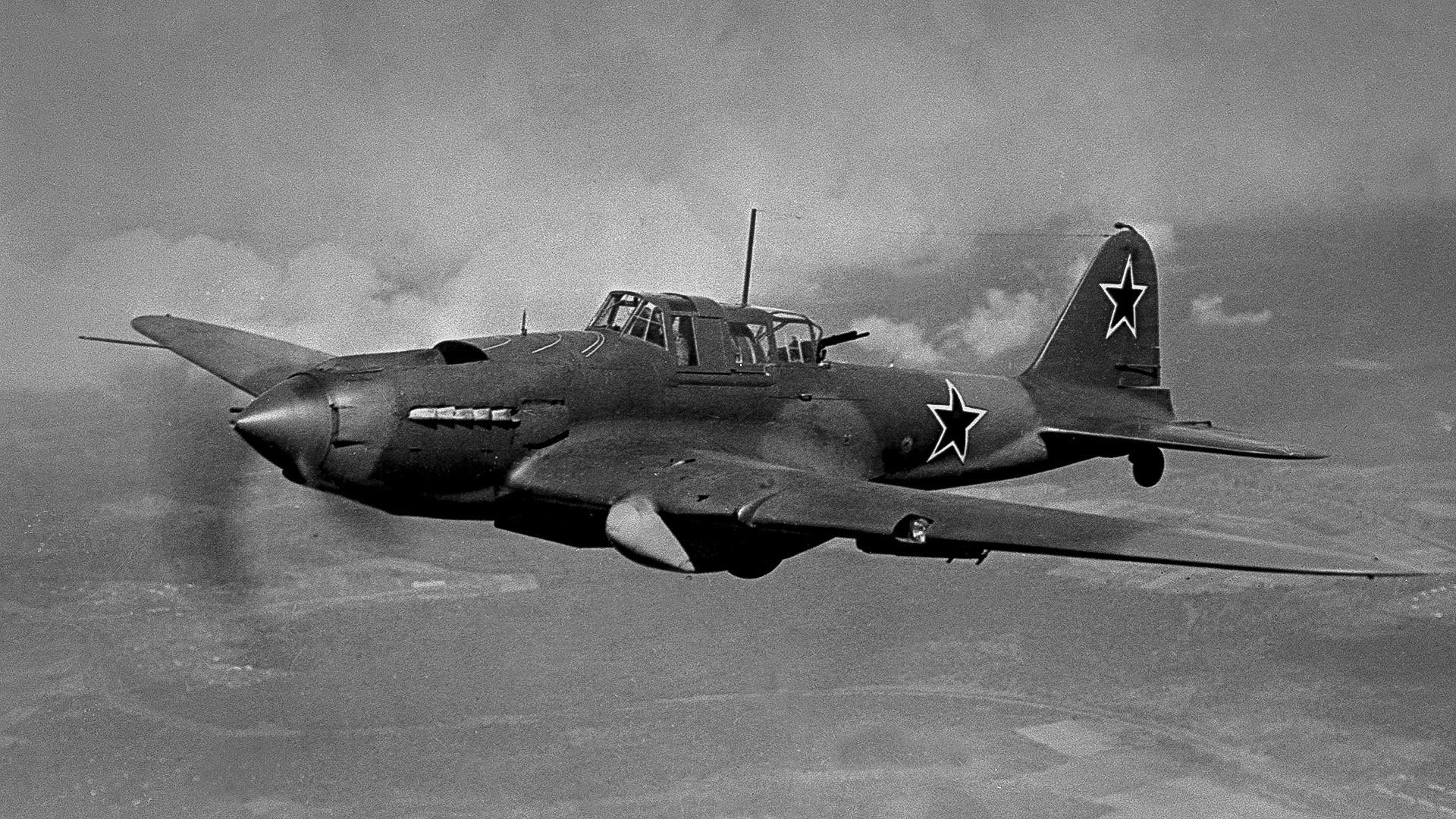
The key feature of the Il-2 was its armored-plating
SputnikMore Ilyushin Il-2 Shturmoviks have rolled off the factory floor than any other military aircraft in history. This ground-attack aircraft was designed in the late 1930s and manufactured throughout WWII. More than 36,000 Il-2s were produced during the war.
The key feature of the plane was its armored-plating. Its counterparts, such as Germany's Ju-87 Stuka dive-bomber, were only lightly armored, as adding heavy armor would dramatically increase the plane’s weight. Designer Sergei Ilyushin's solution was to make the steel armor a load-bearing element of the aircraft’s fuselage. The
At the same
2. MiG-15
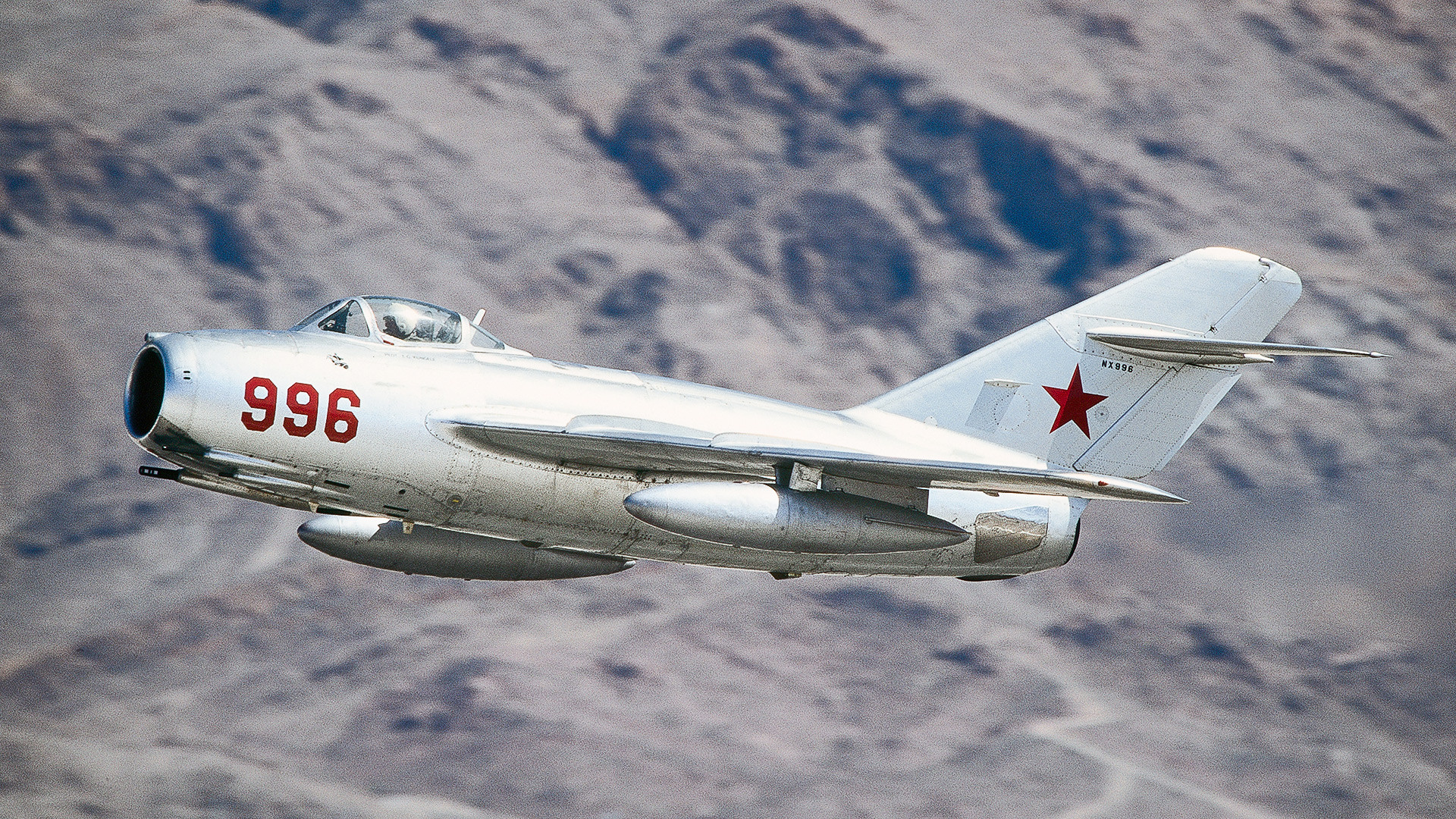
The MiG-15 is the most prolific jet fighter ever produced
Getty ImagesThe MiG-15, designed by Mikoyan-Gurevich in the late 1940s, is the most prolific jet fighter ever produced - with more than 16,000 examples manufactured. The fighter was sold to 40 countries and the last one - in the Albanian air force - was decommissioned as recently as 2006. The apex of the MiG-15's service was during the Korean War, when it outclassed many Western jets, proving the efficiency of Soviet technology. “Not only is it faster than anything we are building today, but it is already being produced in very large numbers,” the commander of Britain's Royal Air Force is reported to have said.
It is said that only the American-made F-86 Sabre was a match for the Soviet fighter. During the Korean War, Soviet pilot Yevgeny Pepelyaev flew a Mig-15 and was considered the best pilot of the conflict. In 38 bouts of aerial
3. MiG-21
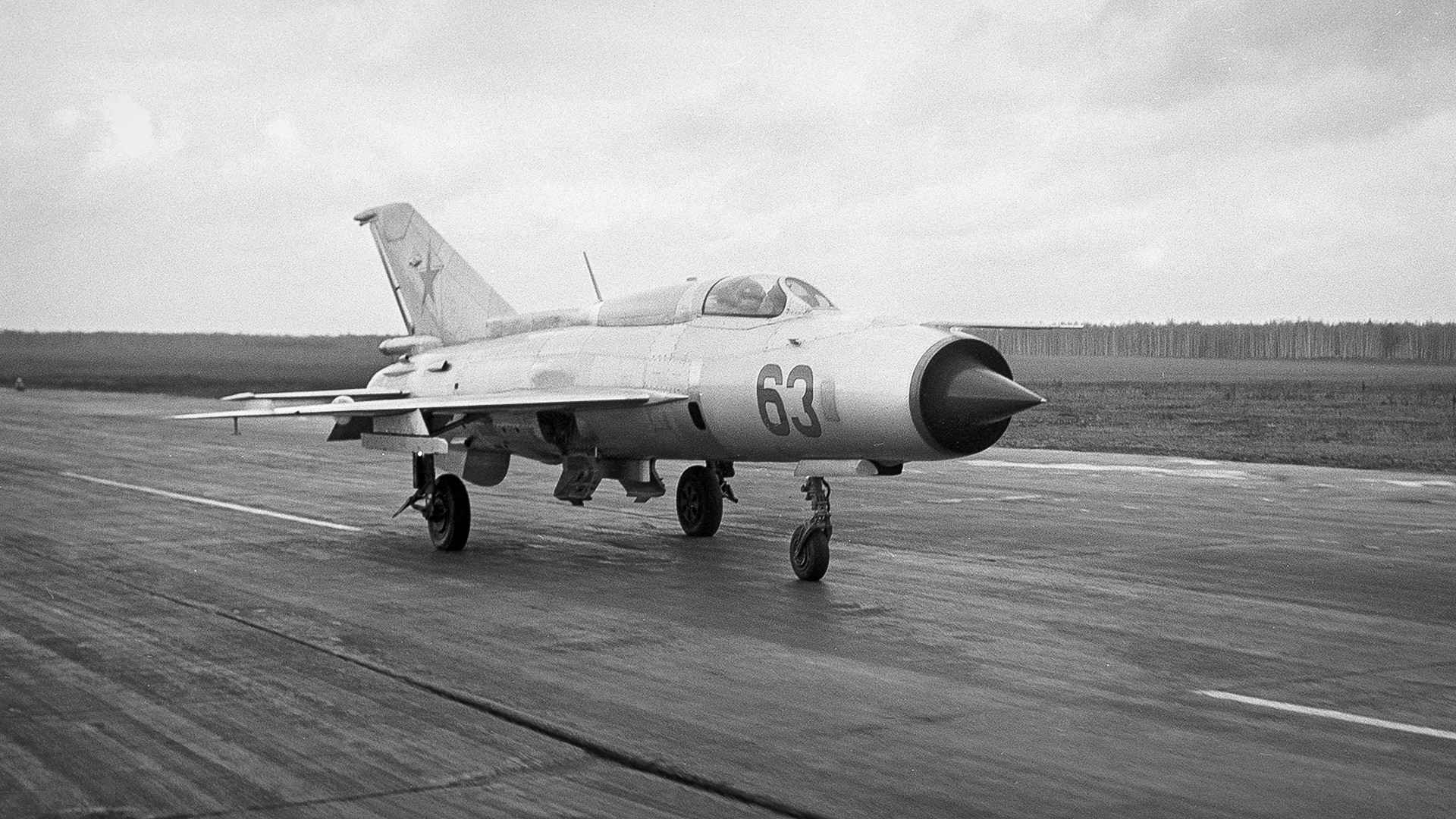
In the early 1960s the MiG-21 set a speed record, achieving 1,483 miles per hour
Alexander Mokletsov/SputnikMore MiG-21s have been produced than any other type of supersonic fighter jet, with a total of 12,000 aircraft. In the early
The MiG-21 was a light plane that could swiftly gain height. This feature helped the fighter to evade the F-4’s missiles during the Vietnam War. It was dubbed the “balalaika” - after the Russian traditional musical instrument - due to the resemblance of the plane’s shape to it. MiG-21s are still in service in some countries.
4. MiG-29
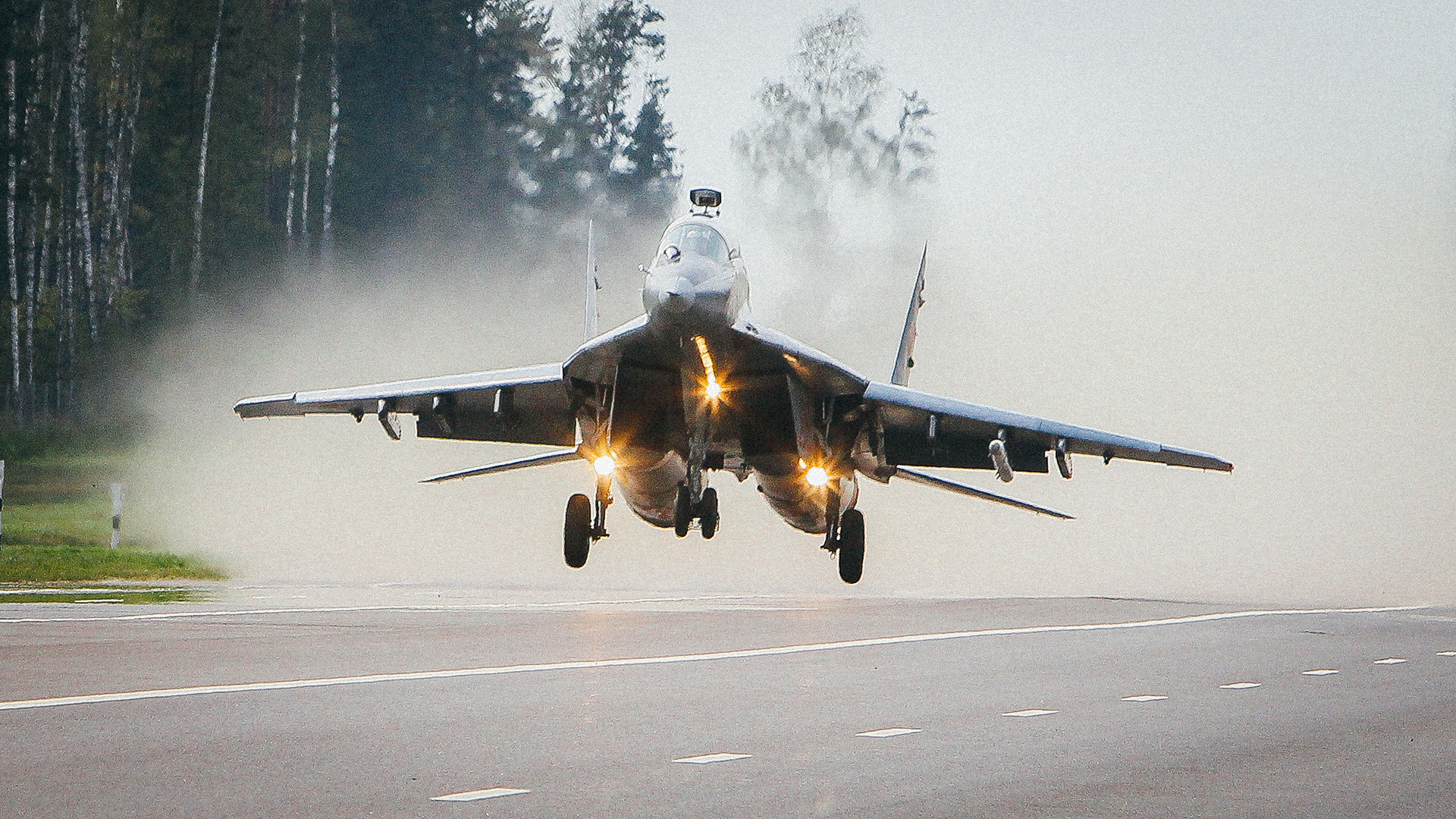
The MiG-29 has unique characteristics that allow it to perform unthinkable aerobatic maneuvers
Andrei Aleksandrov/SputnikThe MiG-29 has unique characteristics that allow it to perform aerobatic maneuvers impossible in earlier models. In 1988, at the UK's Farnborough Air Show, MiG-29 pilots amazed spectators when they performed a “bell” maneuver never before done by a jet. At some point, while climbing,
Some time ago a video shot at the UK's Royal International Air showing MiG-29’s taking off almost vertically became very popular. While testing the aircraft in the early 1980s, pilots are also said to have taken pains to master the challenging trick of forcing the aircraft to perform descending tailspins only after considerable practice as the machine tended to pull out of what is a highly dangerous maneuver itself.
5. Su-27
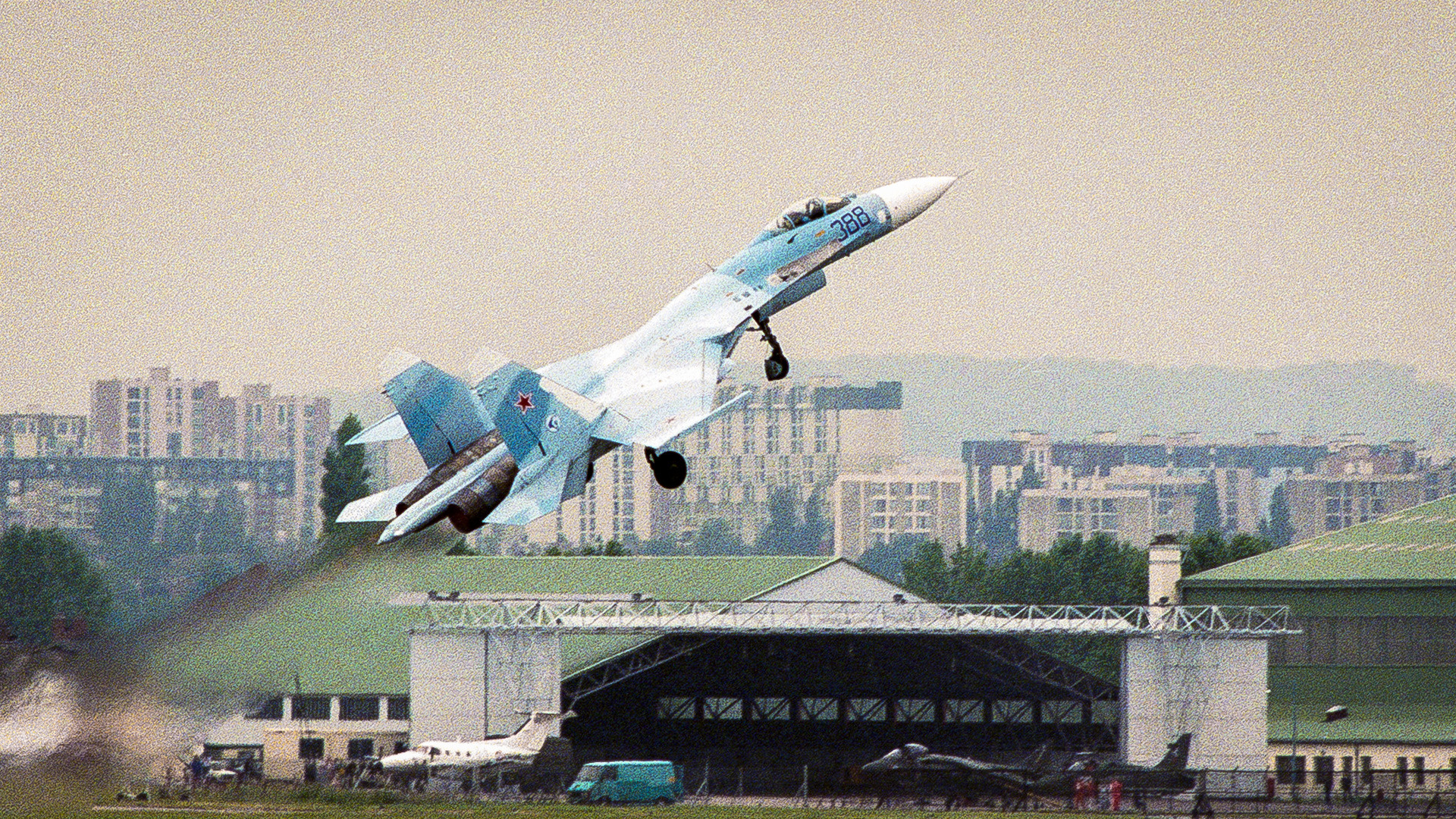
In 1989 Pugachev performed the highly demanding "Cobra" maneuver at the Le Bourget Air Show in France
Vladimir Yatsina/TASSThe Sukhoi Su-27 super-maneuverable fighter aircraft was designed around the same time as the MiG-29. It was designed to achieve air superiority and officially entered service in 1990. The Su-27 began setting records during its flight tests. In 1986, Soviet pilot Viktor Pugachev reached an altitude of 9,842 feet in 25 seconds. Later, he achieved an altitude of 39,370 feet in 58 seconds. These records remain unbroken.
In 1989 Pugachev performed the highly demanding "Cobra" maneuver at the Le Bourget Air Show in France; it has since been named after him. During the maneuver, the plane flies forward while standing almost on its tail - looking just like a standing cobra. The Su-27 has notched up around 30 aviation records in total.
If using any of Russia Beyond's content, partly or in full, always provide an active hyperlink to the original material.
Subscribe
to our newsletter!
Get the week's best stories straight to your inbox